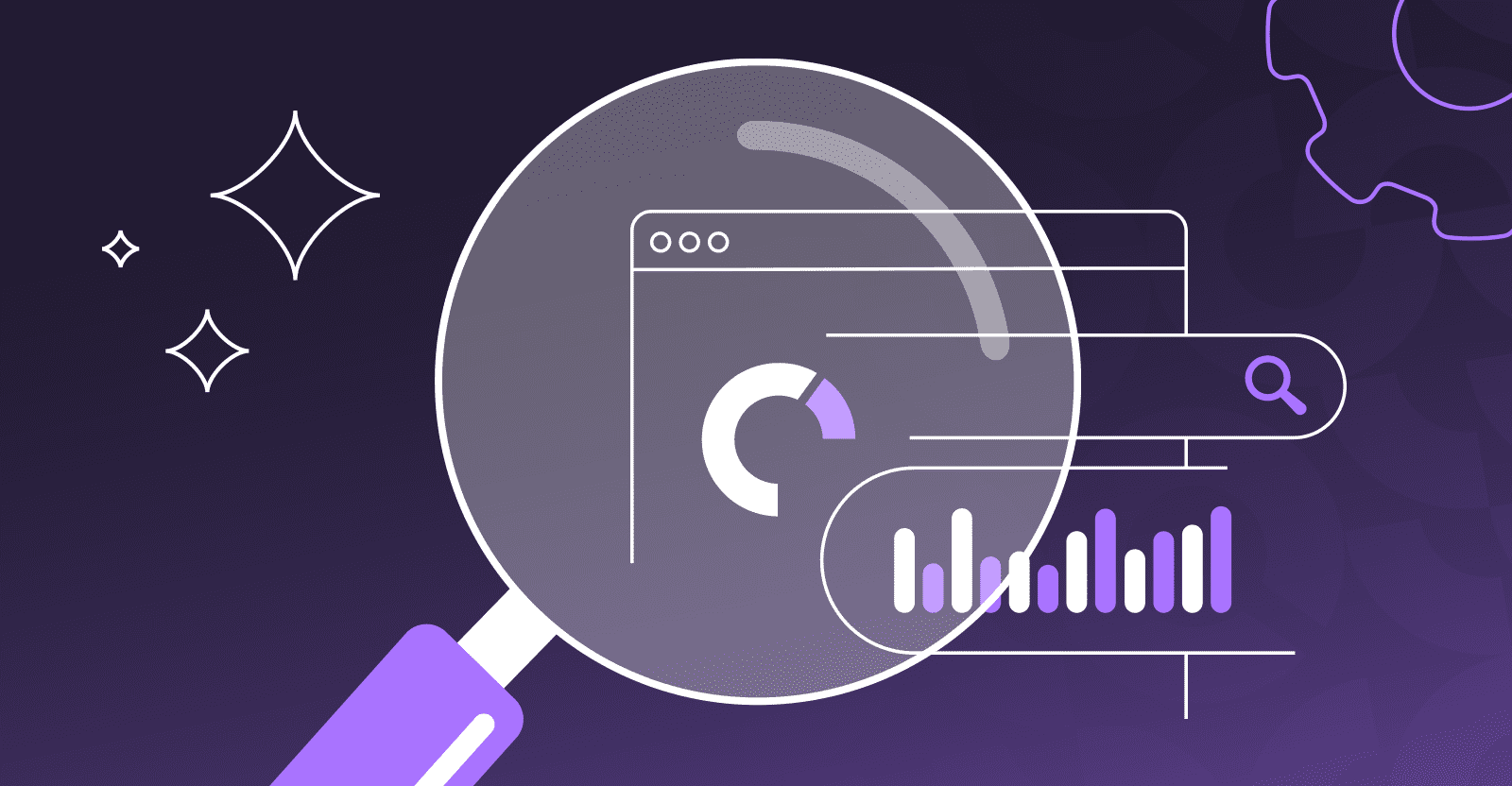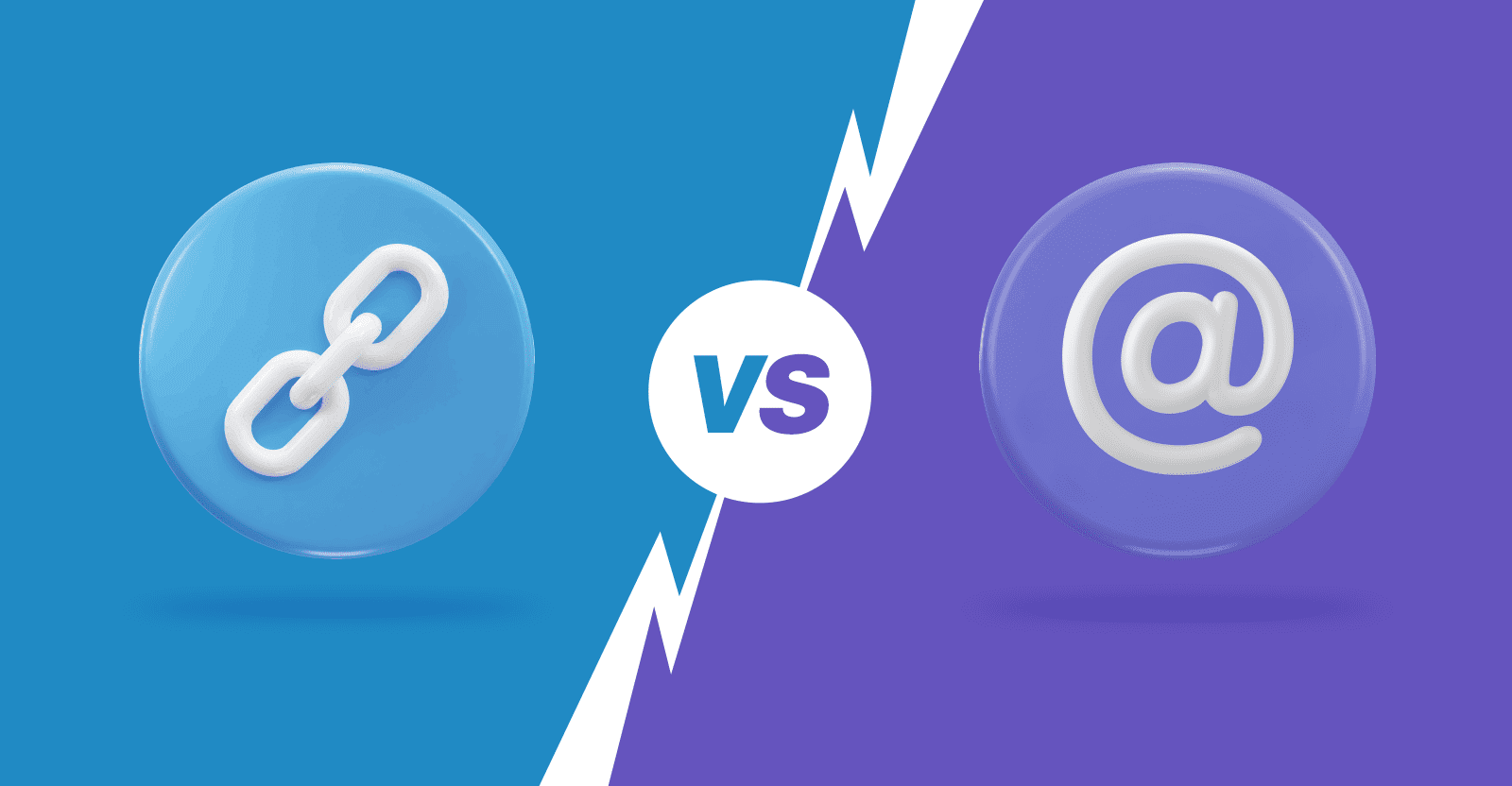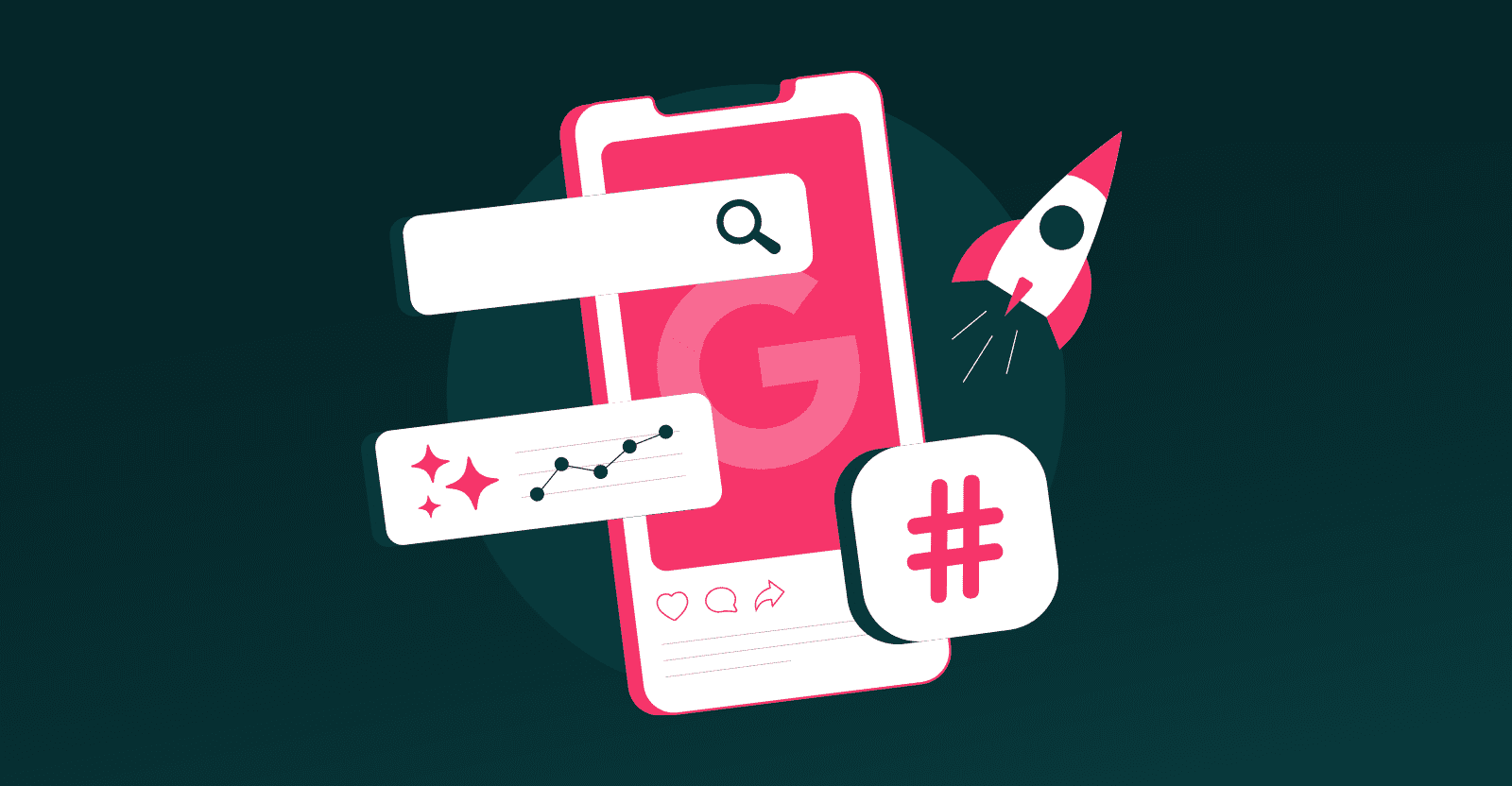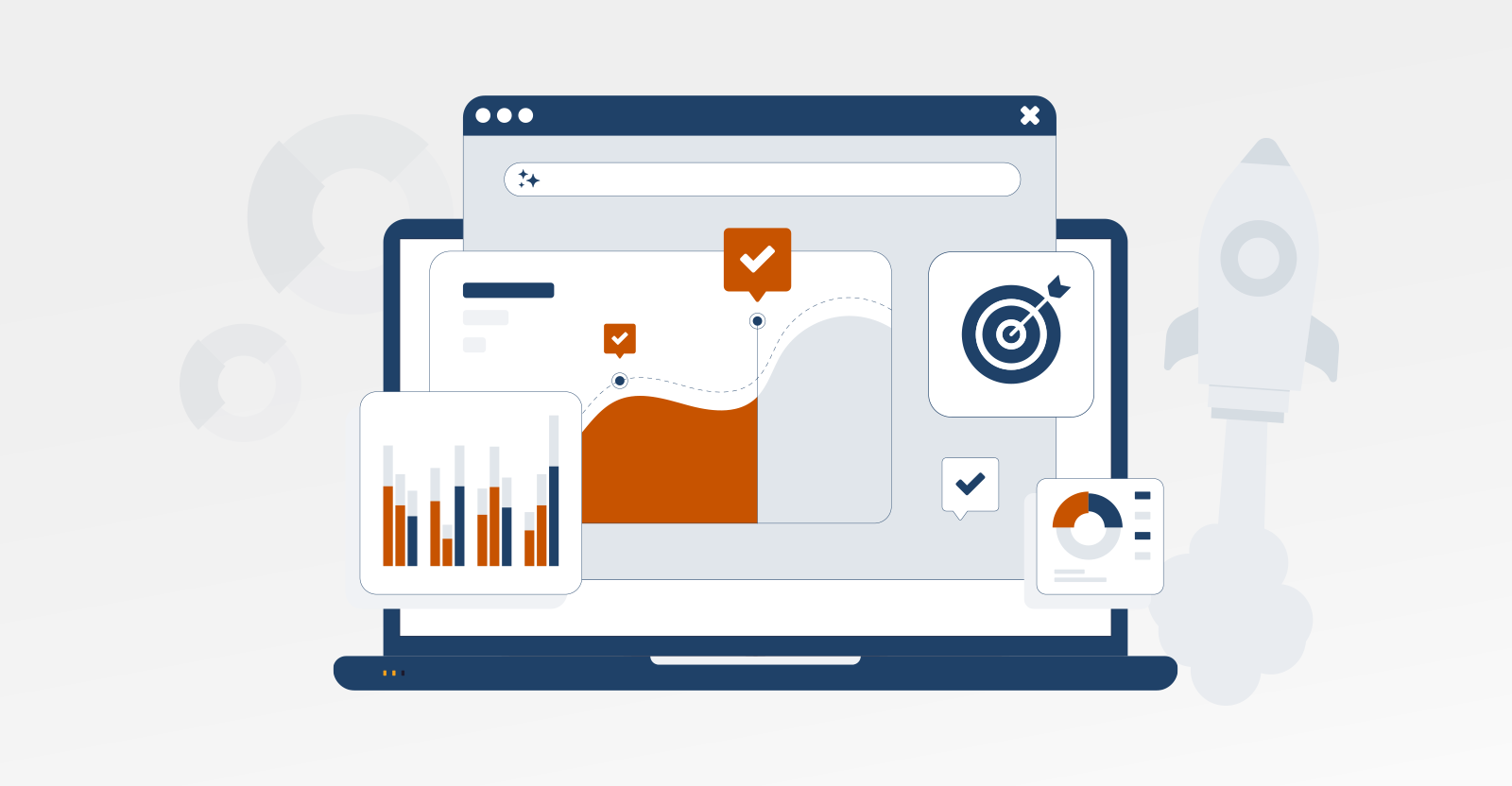Whether you call your SEO efforts a strategy, campaign, or channel, many SEO programs start strong but slowly drift. That could be in the form of reports getting routine, dashboards taking over for thinking, and moving into a mode of “doing SEO” versus challenging and building it.
In many cases, there’s an initial audit, roadmap, and then turn to implementation. Those are all good things, and I strongly advocate for the right level of strategy, research, and planning before moving into any level of ongoing work. However, monthly reports or dashboards, and little reflection can lead to stale tactics.
When activity, tactics, and implementation are the biggest part of what is reported on and/or measured, I question if enough strategic thinking and approach exist.
A strategic review and approach included a structured, periodic checkpoint within the process to assess performance. That includes a mixture of team (and resource/partner/vendor) alignment, execution, and continued connection to overall business goals that SEO is mapped out to impact.
Similar to a retrospective or ending a sprint in agile methodology, it is time for a look backwards at what worked, what didn’t, and where we need to go next in the overall SEO investment. This is different than just a set of reports and metrics; it is time for true reflection and recalibration beyond just measurement.
Why Strategy Is Often Missing
There are some common reasons SEO teams and resources skip strategic review and don’t have the layer fully in place. At times, SEO can seem like an ongoing checklist of things to audit, crawl, fix, and optimize. It can also feel like something that is always on or never-ending.
While all of those things are true to some degree, I think with SEO being a longer-term discipline before seeing return on investment (ROI), there’s pressure to show activity as progress before seeing tangible results, and this can be hard to change after habits and patterns form are embedded in the process.
Agency and client relationships can become rooted in deliverables and lose strategic direction over time. Or, a lack of ownership can exist where no one person or entity truly feels accountable for stepping back and considering if the strategy is still right and delivering.
Risks Of Skipping Strategy
When teams lack or drift from strategy, they run the risk of optimizing for the wrong things. Whether that is the topics, content, context, or even chasing the wrong key performance indicators (KPIs). Going for traffic and things that show activity and progress alone, and are disconnected from the bottom line, lead to danger when they can’t convert at some point.
Additionally, silos can exist, and insights can stay within the silos. When SEO is reduced to activities, tactics, and just actions, learnings from content, dev, brand, product development, customer service, leadership, and other functions aren’t shared with SEO, and vice versa.
Plus, in a world where new information, strategies, and opportunities seemingly emerge daily with how SEO works, AI search, and other areas of change, it is easy to get outdated quickly with assumptions about intent, audience behavior, and connections to the bottom line.
Strategy Integrated Ongoing SEO
Establish A Cadence
The ideal timing for how often to revisit strategy or how it integrates into the ongoing SEO effort is different for everyone. Whether it is quarterly, monthly, or on some frequency that matches the speed at which SEO can and will be implemented, along with the speed of the rest of the moving parts in digital marketing, it is important to lock it in. And, adjust where necessary, but do not keep pushing it down the road.
Since SEO is often an indefinitely ongoing investment, I like the use of sprints and agile thinking, and in this case, building into the agile process. Ultimately, the goal is to not drift or move into a void far enough where strategy problems start happening, yet are missed or ignored.
Dig Deep Enough
However and whenever you build in the strategic review part of the process, there are some key questions to ask however formally you format the process.
This starts with strategy alignment. Are our current goals still the right ones to anchor to? Do they map out to business outcomes versus indicators or vanity metrics? Can we get deep enough in measurement of impact and attribution?
From there, execution and focus are important to review. This includes looking at the tactics that had an impact versus those that didn’t. And, to fully understand why.
Now, we can set our sights on the next sprint or period, looking forward. Consider the opportunities ahead, including trends, SERP features, audience behaviors, AI, and anything else that has emerged that needs to be factored into the effort.
Bring People Together
A tale as old as time in SEO having the best plans stalled out by a lack of resources or a strong resource plan. This means we need to make sure we have the right people, whether they are on the team, in another department, freelance, or at a vendor company, booked and lined up to help us implement.
Better yet, if you can have them in the room with you at any part of the strategic review to learn from the insights you’re seeing and help shape the plan, sharing out of their subject matter expertise and perspective, even better. This is your chance to break down silos and get more integration of SEO with other functions.
Be Structured
I have to confess that I love to iterate and try new things with processes. That’s part of what drew me into SEO over 20 years ago. However, I think that there has to be consistency in the approach and process. You don’t want to spend too much time overdoing it in ongoing strategic reviews. At the same time, you don’t want to be too shallow and gloss over it.
I recommend borrowing some agile retrospective agenda formats and structures to look at what to start, stop, continue, and plan what’s next. Borrow from that if you are struggling to come up with a simple enough, yet powerful review criteria and process.
Revise The Plan
It might feel like a given that you’ll take the work you did and integrate it into your plan and efforts. I simply want to wrap up here by stating the obvious that you need to feed insights into the next period’s plan. That could also include adjusting goals, KPIs, and tactical priorities.
The key is to take things from talk and spreadsheets to action. Especially if your efforts have multiple layers, integrations of teams, or client/agency relationships.
Wrapping Up
SEO is a long game, but progress happens in shorter cycles. It can become a routine, a checklist, or a thing to “do” over time. Often, outdated strategies and tactics come from a lack of frequent enough critical strategic review and adjustment.
My goal for you is to not encounter these issues or find out later than you wished that your SEO has been drifting or gotten stale and isn’t delivering (and hasn’t for some time). The most strategic SEO efforts aren’t always the busiest or most activity-filled with quantity, but are focused on quality and have the mechanisms in place and often enough to adapt intentionally.
The best SEO teams and efforts aren’t just executing; they’re evolving.
More Resources:
Featured Image: Master1305/Shutterstock











